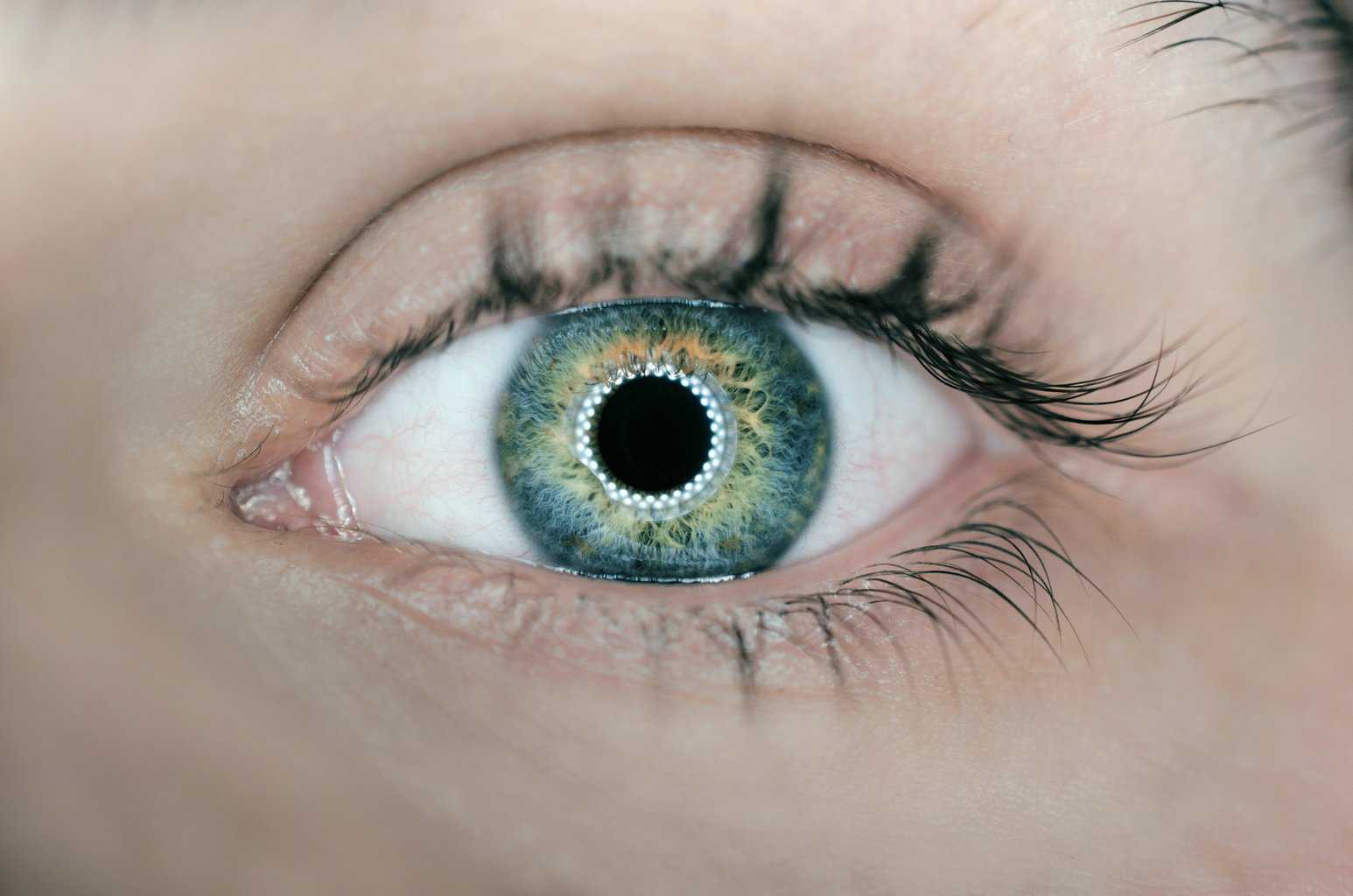
21 Sep The Importance of Children’s Eye Health: Digital Learning and Beyond
In today’s rapidly evolving digital landscape, children are spending more time on digital devices than ever before. The proliferation of smartphones, tablets, and computers has changed the way we learn and communicate, especially in educational settings.
While these devices offer countless benefits, they also come with potential risks, particularly when it comes to children’s eye health. In this blog post, we will delve into the importance of children’s eye health, especially in the context of digital learning, and explore the steps parents and caregivers can take to ensure their children’s eyes remain healthy.
Table of Contents
Digital Learning: A New Educational Frontier
 The digital age has transformed education, offering interactive and engaging learning experiences that were once unimaginable. Digital learning platforms, e-books, and educational apps have become integral tools in classrooms and homes. This shift has been further accelerated by the COVID-19 pandemic, with remote learning becoming the norm for many students.
The digital age has transformed education, offering interactive and engaging learning experiences that were once unimaginable. Digital learning platforms, e-books, and educational apps have become integral tools in classrooms and homes. This shift has been further accelerated by the COVID-19 pandemic, with remote learning becoming the norm for many students.
However, as children increasingly turn to screens for learning and entertainment, concerns about their eye health have surfaced. Extended screen time can lead to a condition known as digital eye strain or computer vision syndrome. Symptoms include eye fatigue, headaches, dry eyes, and blurred vision. While digital devices themselves are not inherently harmful, the way they are used can impact eye health.
Understanding the Impact on Children’s Eyes
 , Children’s eyes are still developing, making them more susceptible to the potential risks associated with excessive screen time. Here’s how digital devices can affect their eye health:
, Children’s eyes are still developing, making them more susceptible to the potential risks associated with excessive screen time. Here’s how digital devices can affect their eye health:
Increased Near-Work Activities: Digital learning often requires prolonged periods of reading, writing, and focusing on screens, which can strain the eye’s focusing muscles.
Reduced Blink Rate: When engrossed in digital content, children tend to blink less frequently, leading to dry eyes and discomfort.
Blue Light Exposure: Digital screens emit blue light, which can disrupt sleep patterns and may contribute to eye strain.
Posture and Ergonomics: Poor posture while using devices can lead to neck and shoulder pain, which can indirectly affect eye comfort and focus.
Less Outdoor Time: Excessive screen time can lead to reduced outdoor activities, which are crucial for eye development and overall well-being.
Protecting Children’s Eye Health
While digital learning is here to stay, parents and caregivers can take proactive steps to safeguard their children’s eye health:
Set Screen Time Limits: Establish clear guidelines for screen time, ensuring that breaks and outdoor activities are built into their daily routine.
Promote the 20-20-20 Rule: Encourage children to take a 20-second break every 20 minutes and look at something 20 feet away to reduce eye strain.
Adjust Screen Settings: Reduce screen brightness and use blue light filters on devices to minimise exposure to harmful blue light.
Ensure Proper Ergonomics: Set up a comfortable workspace with proper lighting and ergonomic furniture to support good posture.
Schedule Regular Eye Exams: Make regular appointments with an optometrist to monitor and address any vision issues promptly.
Lead by Example: Be a role model by demonstrating healthy screen habits and encouraging a balanced digital lifestyle.
The Role of Optometrists: Partners in Children’s Eye Health
Optometrists play a vital role in safeguarding children’s eye health in the digital age. Beyond routine eye exams, optometrists can provide expert guidance and specialised solutions to address the unique challenges posed by digital learning and screen time.
1. Comprehensive Eye Exams:
Regular eye exams are the foundation of children’s eye health. Optometrists can detect vision problems such as myopia (nearsightedness), hyperopia (farsightedness), and astigmatism early on. They can also assess eye coordination and focusing abilities, which are essential for comfortable reading and using digital devices.
2. Customised Visual Solutions:
Optometrists can prescribe eyeglasses or contact lenses tailored to a child’s specific vision needs. In the digital learning context, these corrections can significantly improve a child’s comfort and overall experience with screens.
3. Blue Light Protection:
Optometrists can recommend specialised lenses that filter out blue light emitted by digital screens. These lenses help reduce the potential negative effects of blue light exposure, such as digital eye strain and disrupted sleep patterns.
4. Vision Therapy:
In cases where children experience difficulties with eye coordination or focusing, optometrists can prescribe vision therapy programs. These structured exercises and activities can improve a child’s visual skills, making screen-based learning more comfortable.
5. Education and Guidance:
Optometrists can educate parents and children about healthy screen habits, the 20-20-20 rule, and proper lighting and ergonomics to minimise eye strain and discomfort.
6. Early Intervention:
Early intervention is critical in addressing vision problems effectively. Optometrists can detect and treat eye conditions before they become more serious issues that could impact a child’s learning and development.
Collaboration with Educators and Parents
Optometrists can also collaborate with educators and parents to create a supportive environment for children’s eye health. This can involve:
- Providing guidance to schools on screen time policies and ergonomic classroom setups.
- Conducting vision screenings in schools to identify students who may need further evaluation.
- Offering workshops and presentations to parents and teachers on the importance of children’s eye health in the digital age.
Conclusion
In the digital learning era, the partnership between optometrists, parents, and educators is crucial in ensuring that children’s eye health remains a top priority.
Optometrists are well-equipped to address the unique challenges posed by digital devices and to provide tailored solutions to support children’s visual well-being.
By working together and staying proactive, we can help children enjoy the benefits of digital learning while minimising the potential risks to their eye health.



No Comments